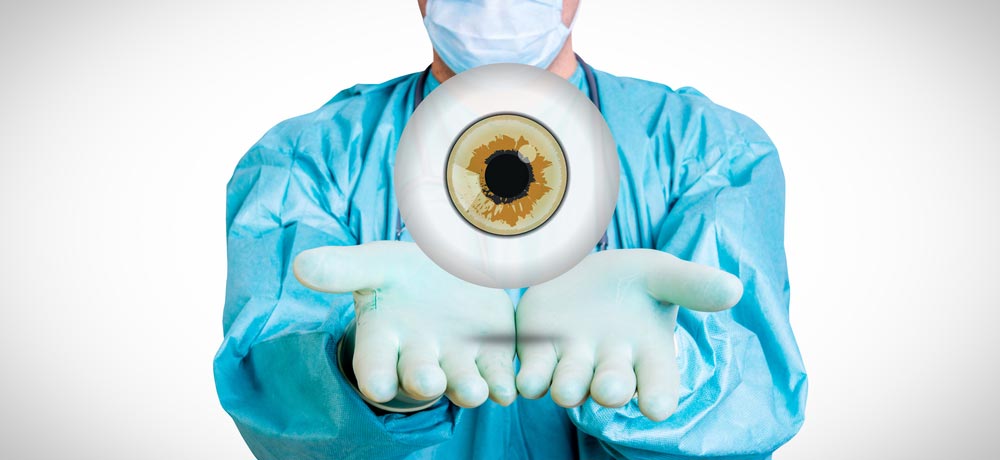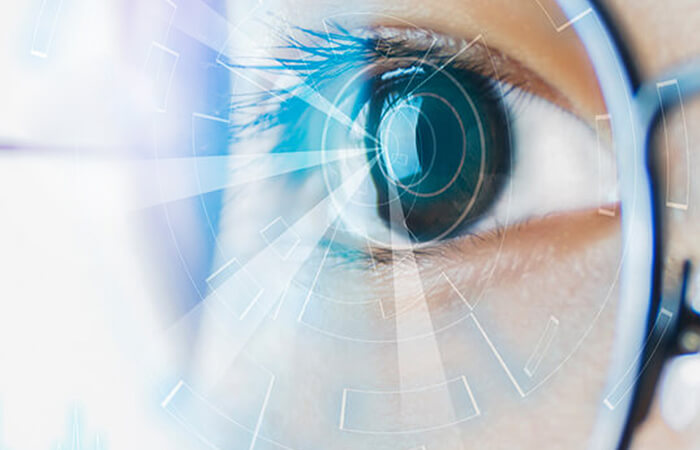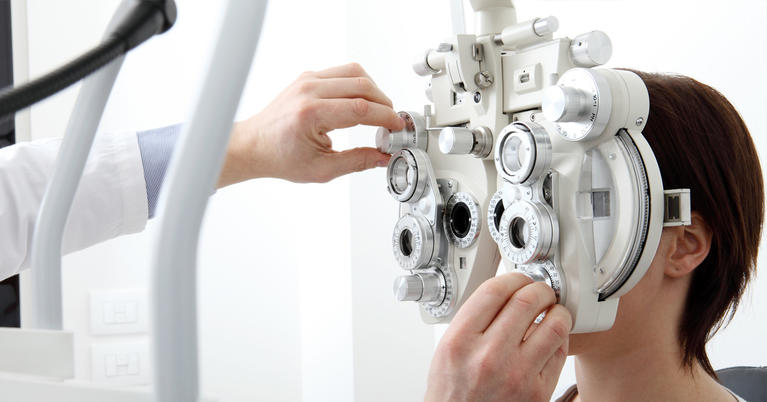Discovering the State-of-the-Art Technologies Utilized for Treating and diagnosing Eye Problems
In the realm of ophthalmology, the advancement of technology has significantly enhanced the tools readily available for diagnosing and dealing with different eye conditions. From advanced imaging modern technologies that provide in-depth understandings right into ocular structures to robotic-assisted surgical procedures that use exceptional precision, the landscape of eye treatment is continuously progressing.

Advanced Imaging Technologies
Advanced Imaging Technologies have transformed the field of ophthalmology by giving thorough and exact visualization of the eye structures. Optical Comprehensibility Tomography (OCT) stands out as a crucial technology in this realm. OCT makes use of light waves to capture high-resolution cross-sectional pictures of the retina, enabling the identification of minute structural modifications. This non-invasive strategy aids in the early discovery and surveillance of various eye conditions such as macular deterioration, diabetic person retinopathy, and glaucoma.
Additionally, Fundus Digital photography is an additional crucial tool in ophthalmic imaging. This technique includes catching in-depth pictures of the rear of the eye, consisting of the retina and optic disc. Fundus Digital photography aids in recording the development of eye conditions, reviewing therapy efficiency, and enlightening people concerning their eye wellness.

Robotic-Assisted Procedure
Robotic-assisted procedures have actually dramatically progressed the capacities of ocular surgical procedure, introducing a brand-new period of precision and performance in dealing with different eye problems. By incorporating robotic innovation into operations, ophthalmologists can achieve unrivaled accuracy and control, resulting in improved patient outcomes.
Among the key advantages of robotic-assisted surgical treatment in ophthalmology is the enhanced dexterity and security it uses to specialists. The robotic arms can carry out exact motions with a high degree of precision, permitting fragile treatments with very little invasiveness. This level of accuracy is particularly helpful in surgical treatments including the retina, where even minor errors can have substantial implications for a client's vision.
Furthermore, robotic-assisted medical systems supply real-time imaging and feedback to the surgeon, enabling them to make informed choices throughout the procedure. This modern technology improves the cosmetic surgeon's situational recognition and permits adjustments to be made without delay, making sure optimal outcomes for the client.
Artificial Knowledge in Diagnostics
With the development of cutting-edge innovations enhancing surgical accuracy in ophthalmic treatments, the integration of Artificial Knowledge in diagnostics has become a pivotal advancement revolutionizing the field of eye treatment. Expert System (AI) algorithms are being progressively made use of to examine complex data from imaging modern technologies like optical coherence tomography (OCT) and fundus photography to aid in the very early discovery and precise medical diagnosis of various eye conditions. These AI systems can successfully identify patterns and abnormalities in images that may not be noticeable to the human eye, allowing quicker diagnosis and therapy preparation.
AI algorithms can likewise anticipate condition development, advise tailored therapy strategies, and analyze the performance of treatments. By improving the diagnostic process, AI not only enhances the efficiency of eye care professionals but additionally boosts person end results by enabling timely treatments. As AI remains to development, its role in diagnostics is expected to expand, providing new opportunities for very early treatment and individualized treatment in the field of ophthalmology.
Genetics Treatment Advancements
In the world of ophthalmic advancements, recent strides in genetics treatment developments have sparked substantial rate of interest among scientists and medical care experts alike. Gene treatment holds enormous guarantee in changing the treatment of various eye conditions by targeting the underlying hereditary reasons. By presenting hereditary material right into cells to make up for unusual genetics or to supply a missing genetics, gene treatment uses a tailored approach to addressing inherited eye disorders such as retinitis pigmentosa, Leber hereditary amaurosis, and others that were previously taken into consideration untreatable.

As study in genetics therapy proceeds to breakthrough, the capacity for tailored therapies for a bigger series of eye conditions expands, offering new wish for clients with genetic eye conditions.
Online Reality Recovery
Online reality rehab has become an innovative method in boosting the healing and rehab processes for people with numerous aesthetic problems. refractive surgeries in al. By replicating real-world atmospheres via immersive innovation, virtual truth offers a special platform for vision therapy and recovery. This ingenious approach enables people to participate in interactive exercises and activities designed to improve visual skill, deepness assumption, eye coordination, and total visual functioning
One trick advantage of online fact rehabilitation is its capability to tailor treatment programs based on the certain requirements and capabilities of each client. Through real-time responses and surveillance, medical care experts can track development, readjust treatments, and provide individualized like maximize outcomes. Furthermore, online fact modern technology can create a regulated and secure area for individuals to exercise aesthetic tasks, get over obstacles, and develop self-confidence in a digital setup before transitioning to real-world scenarios.
Conclusion
In final thought, the improvements in imaging innovations, robotic-assisted surgical treatments, expert system diagnostics, genetics treatment advancements, and digital reality rehabilitation have actually significantly enhanced the medical diagnosis and treatment of eye problems. cataract care service. These modern modern technologies have actually reinvented the area of ophthalmology, permitting more reliable and exact treatments. As innovation remains to progress, the future of eye care looks promising with the potential for a lot more ingenious options to improve patient end results
In the world of ophthalmology, the development of technology has actually dramatically improved the tools available for detecting and treating various eye problems. Fundus Photography aids in documenting the progression of eye conditions, evaluating treatment effectiveness, and enlightening patients about their eye health and wellness.
Synthetic Knowledge (AI) algorithms are being increasingly used to evaluate intricate data from imaging technologies like optical comprehensibility tomography (OCT) and fundus photography to help in the early discovery and accurate diagnosis of various eye problems.In conclusion, the innovations in imaging innovations, robotic-assisted surgical procedures, man-made cataract care service knowledge diagnostics, gene treatment developments, and digital reality rehab have substantially improved the diagnosis and therapy of eye conditions. As innovation continues to progress, the future of eye treatment looks appealing with the capacity for even more innovative services to improve client outcomes.